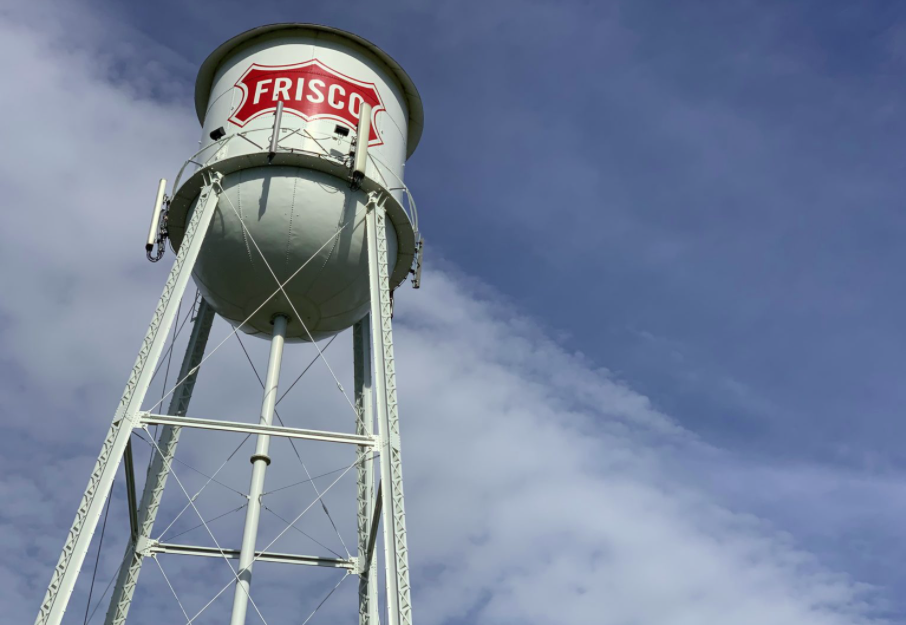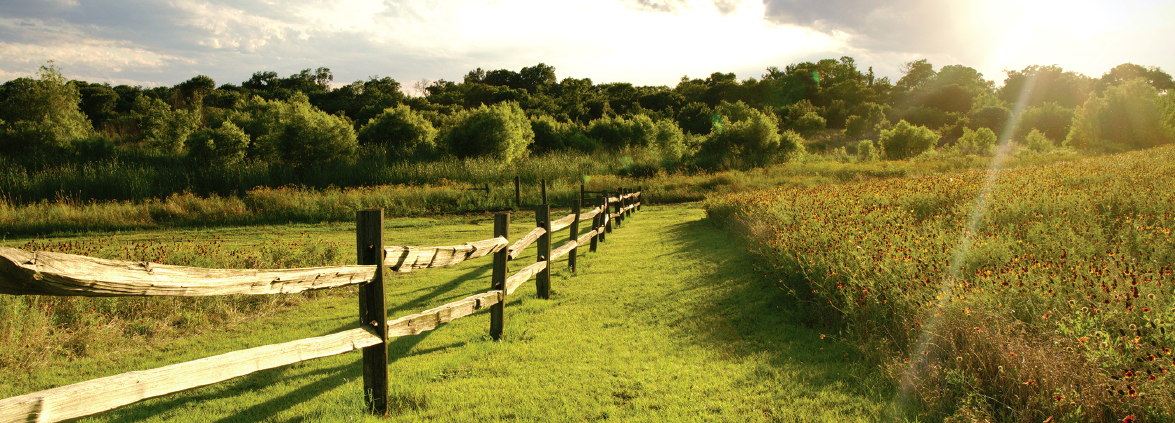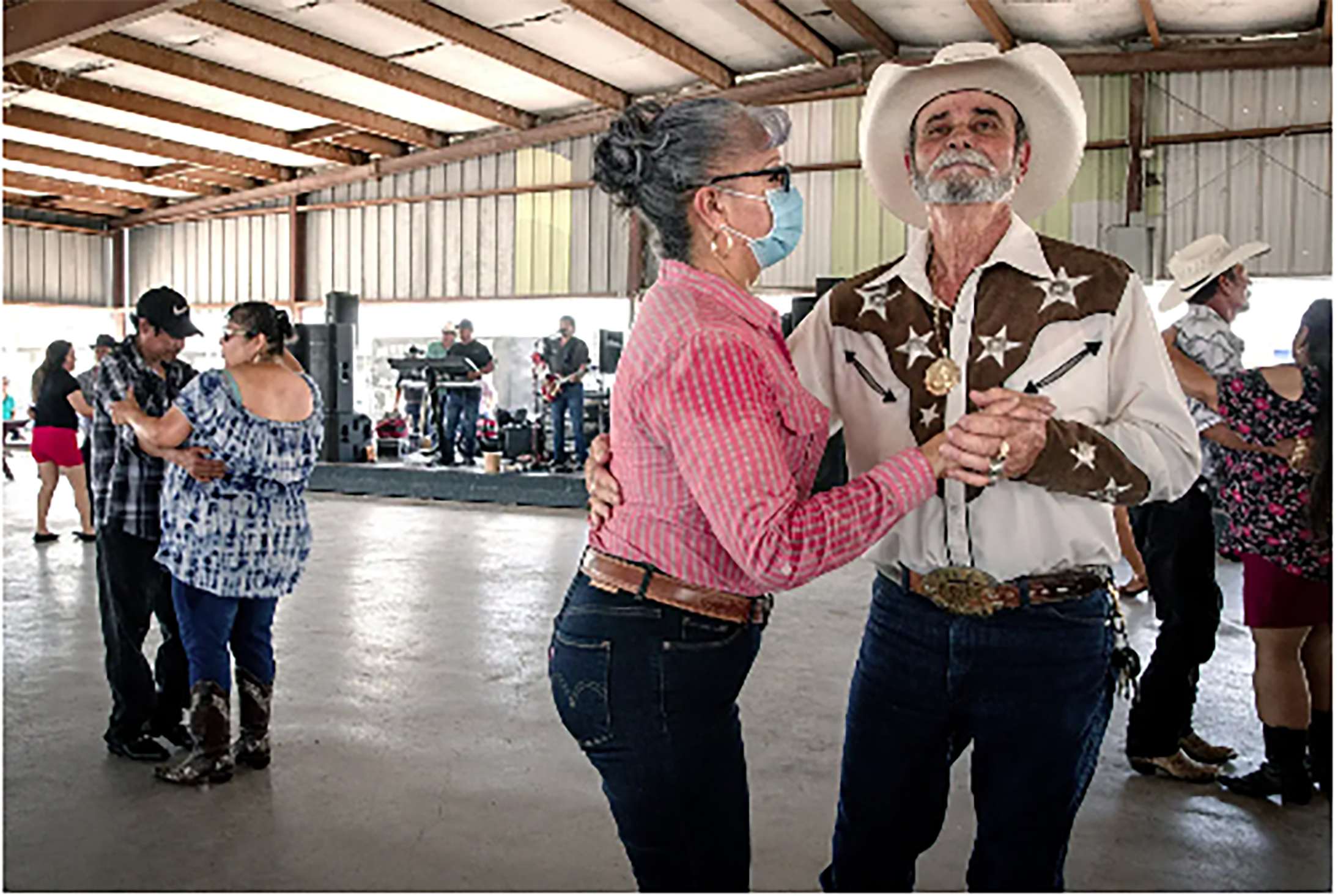In June, a group of public and private stakeholders approved a new framework plan to build a $130 million performing arts center at the Hall Park development in Frisco. The new venue would not only bring a large, world-class concert hall to the fast-growing Texas city, but it’s reflective of the investment and interest in Frisco and would become yet another major cultural amenity in a city increasingly known for its recreational and amusement offerings.
The plan for the performing arts center is just a drop in the bucket when compared to the investment in Frisco over the last decade. For instance, The Fields mega-development, which will deliver an expansive office park, thousands of new residences, hotels and more on a 2,500-acre site is anticipated to cost upwards of $10 billion. And the development already has a major tenant lined up as the future home of the PGA of America.
What’s happening in Frisco is something that other municipalities could only dream of — the city’s population has bloomed from 110,000 in 2010 to roughly 210,000 today. Frisco is frequently cited as the fastest growing city in the country and it’s also home to the 91-acre Dallas Cowboys’ headquarters dubbed The Star, the NCAA Division I football stadium Toyota Stadium, Comerica Center arena, Dr. Pepper Ballpark, the National Soccer Hall of Fame, the National Videogame Museum, and more.
All of this in a city of just over 200,000 residents. But there’s more on the way.
According to Jason Ford, CEcD and President of the Frisco Economic Development Corporation, his organization is currently working on upwards of 50 prospects at the moment. Ford says that there’s been a tremendous amount of interest in Frisco from corporate heads but the city is also doing the work to be as business-friendly as possible in order to win over as many of these prospects as possible.









